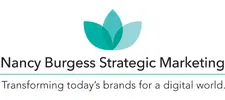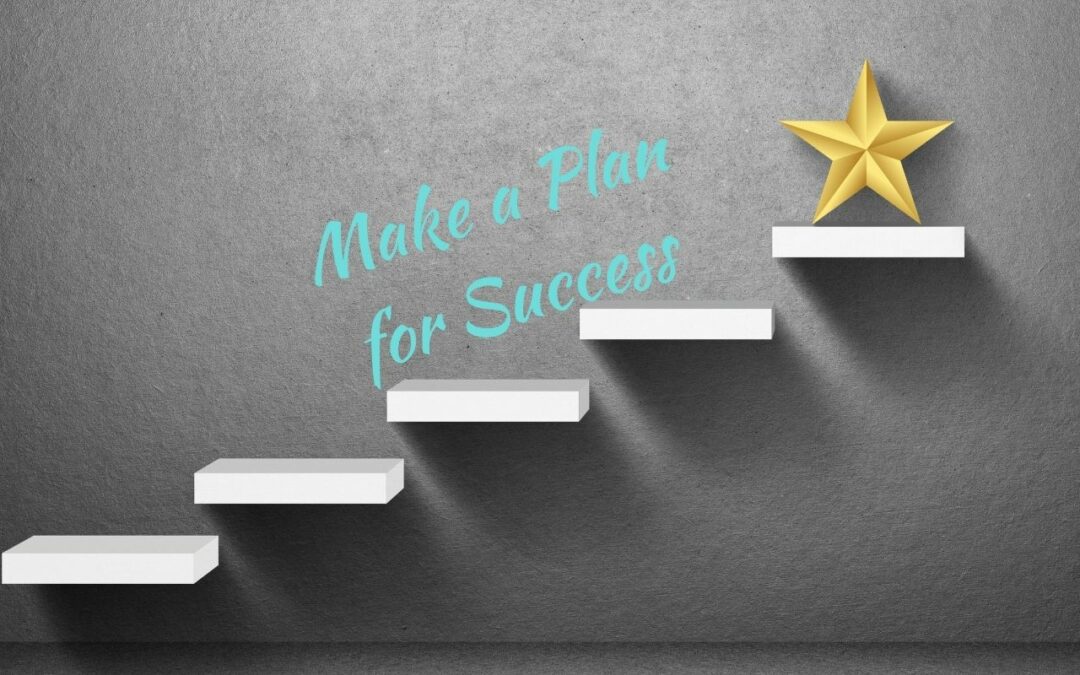Updated in 2021
A while back, we were asked to identify the key components of a marketing plan. If you’re looking for a “right answer,” it’s a bit of a trick question.
In my agency experience, each enterprise company had its own unique template for a marketing plan—each with numerous detailed components—and varying sections and sequences.
Online sources are also inconsistent. According to Inc, 7 components are essential to a marketing plan, while Forbes describes 15 key components of a marketing plan. That’s a pretty big discrepancy, and the two don’t align very well.
When I was at DePaul’s graduate school, studying integrated marketing, the curriculum highlighted 6 components of a marketing plan.
What’s most important is that you HAVE a marketing plan.
In this article, we include 8 key components of a marketing plan that we deem most important in a marketing plan with a brief description of each.
1.
Executive Summary of Your Marketing Plan
You’ll want to include the executive summary of your marketing plan at the front of your marketing plan.
Very few business owners or executives (virtually none) want to wade through all the details of your marketing plan. This section of the plan gives owners, board members, and others an opportunity to review the plan at a high level.
Be sure to include information about budgets and forecasting. Business owners and executives will want to see that information.
By the way, the executive summary will need to be written last. The details come together to form the overall big picture.
Most important, HAVE a plan. This will make the best use of your resources and their impact on your business.
Need help developing and prioritizing your marketing plan? Contact Us.
2.
Key Component: Identify Your Target Audience(s)
You can’t target every potential market.
Time and budgets won’t allow it.
Instead, identify the most important target segments. If you don’t know who your key audiences are, you may need to do a little formal or informal research before you answer this question.
Keep in mind that one of your key audiences may be your existing (repeat) customers.
3.
Situational Analysis
For the third component of the marketing plan, you’ll want to analyze the situation and the marketplace.
Review all your market data and your current situation. What quantitative and qualitative marketing research is available? (This key component may be subdivided into “Marketing Research” or “Competitive Analysis.”)
Research what competitive intelligence you can gather.
What makes your product or service unique?
Most market plans include a SWOT (strength, weaknesses, opportunities, threats) analysis separately from the competitive analysis, but we would argue these go hand in hand. Therefore, we include the SWOT in this section of the marketing plan.
SWOT identifies internal strengths and weakness, as well as external opportunities and threats.
The difference between a strength and an opportunity as well as the difference between weaknesses and threats is sometimes confusing to people.
To illustrate, the difference: a strength might be that your product or service offers a unique feature and/or benefit. This factor is controlled internally, which makes it a strength. For example, the videoconferencing product you’re selling may easily accommodate a large number of participants at a time (internal). By contrast, an opportunity might be that a global pandemic (external) has increased the need for the service. You can not control the pandemic or what another company does. That makes it an opportunity–not a strength.
Likewise, a weakness might be that your videoconferencing doesn’t allow screen-sharing (internal). A threat may be that the pandemic is causing many businesses to be unable to have enough financial means to invest in your service.
4.
Write Your Positioning and Messaging
Once you understand the market situation and the target audience, you’ll be able to position your brand, product or service against the competitors.
In part, you’ll want to establish the identity of your brand whether your brand is a company, product or service that you offer. This will help your prospects and customers to view you in a particular way.
How are you (i.e., your company, product, or service) different? In what way, can you win against the main competition? Your situational analysis and SWOT will help inform this section.
There are many templates available to help write positioning statements.
Here’s a positioning statement template that we like from eCornell:
For (target market),
the (Brand) is the
(point of differentiation)
among all (frame of reference)
because (reason to believe).
Here’s another positioning statement example from Forma Life Sciences Marketing:
For (target audience)
Brand X is the only (market context)
that (unique benefit delivered)
because (reasons to believe).
Your positioning statement is used internally. Once you’ve developed it, you’ll want to write the core messages and story lines that you’ll share with your target audience.
Learn more about branding for SMBs.
5.
Key Component: Market Strategy
One of the most important components of your marketing plan is your strategy. Your market strategy outlines your objectives and how you’re going to achieve them.
Your strategy will help you make decisions about how to use your organization’s resources.
People often confuse strategy with tactics. Tactics are the things (nouns) that you’ll do to achieve your strategy.
In its most basic form, the strategy involves determining where your target audience is, where you want them to be, and how you will get there.
What’s more, good strategies start with verbs.
6.
Marketing Mix
The marketing mix includes your tactics for the 4 P’s of marketing: product, place (distribution), pricing, and promotions (tactics). How will these tactics help you achieve your strategy and your objectives?
Some examples of tactics are blogs, ads, websites, brochures, email marketing…. The list is virtually limitless.
7.
Key Component: Marketing Budget
The list of tactics may be limitless, but (alas!) resources never are. You’ll need to assess how much each tactic will cost, and whether or not you’ll need additional resources to achieve your plan.
How much will each tactic cost? What is the impact on the business? You’ll want to choose those tactics that will make the biggest impact in both the short and long term.
Your business goals and market strategy will guide how you choose to spend your resources.
You may include your marketing calendar in this section of the plan. How will you execute on your strategy and plan?
8.
Key Marketing Plan Component: Metrics and Evaluation
The last component of your marketing plan may be one of the most important. It answers the question, “Is the plan resulting in success?” That’s why you’ll want to identify how you will measure the success of the plan. You’ll want to evaluate your success regularly so that you know if or when to pivot.
Summary
When it comes to identifying the key components of your plan and developing that plan, we identify eight factors, including a strategy, budget, and measurement . However, one factor is the most important, HAVE a plan. This will make the best use of your resources and their impact on your business.
Need help developing and prioritizing your marketing plan? Contact Us.
Nancy Burgess


